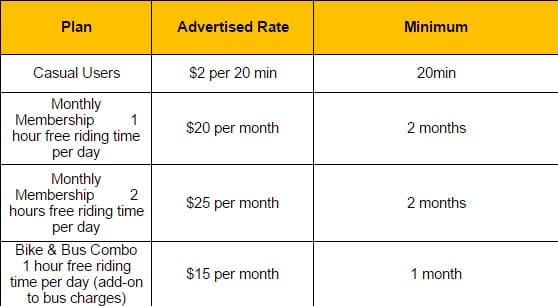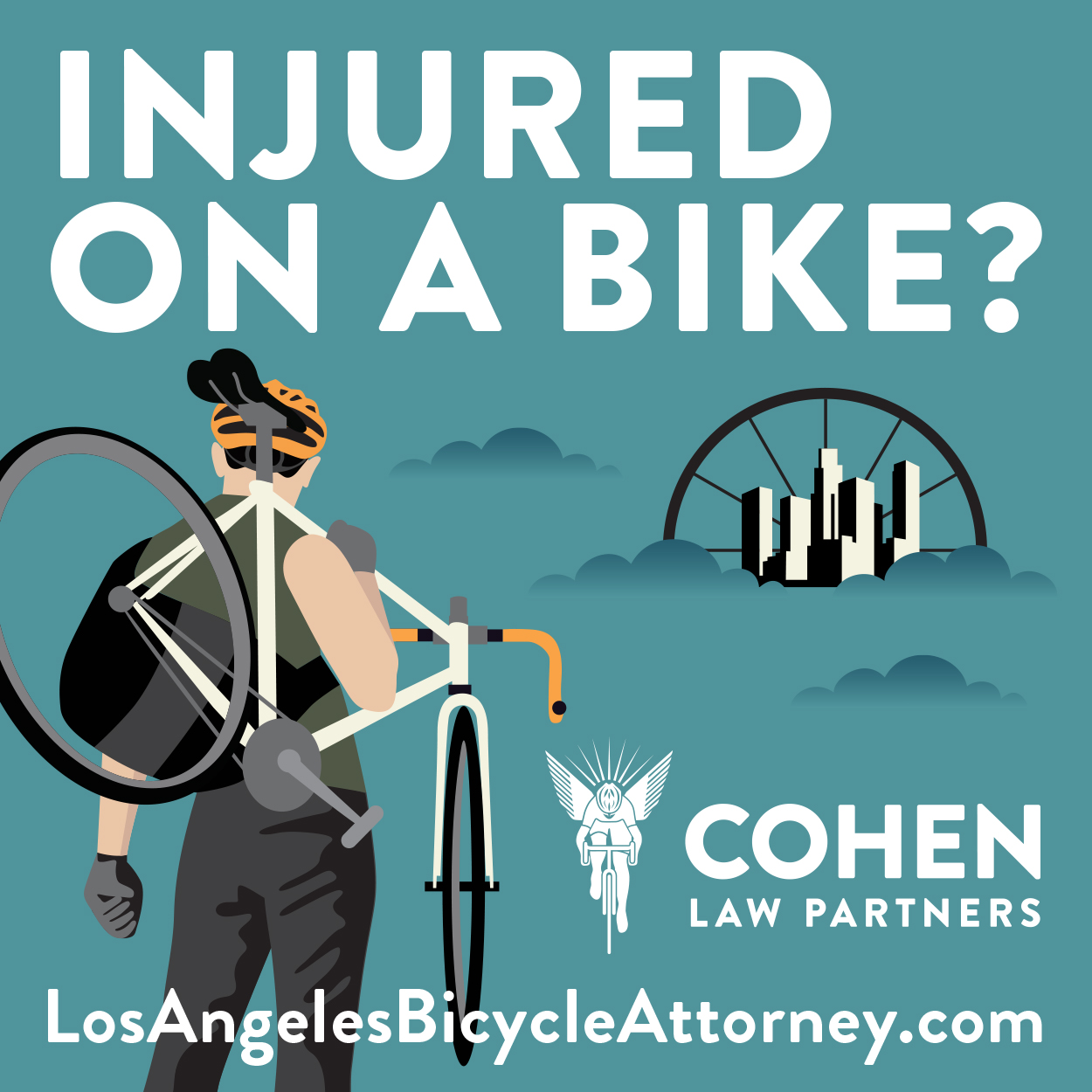
The Santa Monica City Council voted unanimously Tuesday to move forward with what could be Los Angeles County’s first functional public bike share program.
While there are still a few things to finalize, including pricing, rack locations, and the system’s corporate sponsor, the 500 bike program, operated by CycleHop, LLC, should come online before the Expo Light Rail begins passenger service to Santa Monica in early 2016, officials said.
That’s good news, since bringing bike share online ahead of Expo’s opening as a first-mile/last-mile strategy is identified as a priority in Santa Monica’s award-winning Bike Action Plan, adopted three years ago this month.
“This really… is about mobility,” said Mayor Pam O’Connor. “It’s about people moving around; people having choices; people saying, ‘Now, I don’t have to rely on a car because I have one more tool to get me around.’”
Tuesday’s vote was the next step in a more than two year process for Santa Monica, which had secured more than $2 million in grant money in 2013 from Metro and the Air Quality Management District to launch bike share, which would cover about 80 percent of the initial investment.
“We have this grant money; we have the opportunity to be the lead city; we have the cooperation of our fellow cities,” said Councilmember Kevin McKeown. “I think it would be a real mistake for us not to grab this opportunity and move forward.”
Cynthia Rose, who heads Santa Monica Spoke, the local chapter of the Los Angeles Bicycle Coalition, celebrated the decision to go forward.
“We are so excited at the council decision to move forward and approve the Santa Monica contract,” said Rose. “We believe Bikeshare is an integral step in our city’s progression to a more sustainable, livable city where bicycling is convenient and residents and visitors have added transportation options and don’t need to drive their cars and a further step toward achieving our city’s sustainability goals – get more people to ride bikes more often – everyday trips, getting to and from expo and transit – for work or play done easily and conveniently by bike.”

The decision to go with a “smart bike” model – instead of a “smart rack” model – was also applauded by speakers Tuesday. Under certain circumstances, when the docking station is full, a customer could tether his or her bike nearby, staff said.
The on-bike computers will have the ability to read the type of card technology used by the Metro TAP passes,” staff said. The bikes are also designed “with step-through frames, 8-speed gear hubs, shaft-drive transmissions, internal brake and gear wiring, fenders, puncture resistant tires, cargo baskets and real-time global positioning.”
While Santa Monica has been a leader in pursuing bike share, the City has also been careful to work with regional partners, including Metro.
Back in 2012, it was recently-elected State Assemblymember Richard Bloom — formerly a Santa Monica City Council member — who convened the Regional Bike Share Committee for the Westside Council of Governments (COG) to oversee coordination of any such program.
According to City staff, “Metro considers Santa Monica to be one of its pilot areas for a regional system it hopes to coordinate.
As a result, “Staff is seeking concurrence from Metro on a price and fee structure and parameters for system identity so that the proposed Santa Monica system may merge as smoothly as possible into the regional system as it develops.”
While the Council was overall supportive of the proposed plan, there were some concerns over details, namely pricing. Rider fees, as proposed, would pay for about 80 percent of ongoing operating costs, with 20 percent coming from corporate sponsorship.

But some wondered about the possibility of offering discounts to residents or low-income users.
“I’m eager to see what we get out of the search for sponsorship revenue,” said Councilmember Ted Winterer. “Once we have a better idea of what the sponsorship revenue is, I think then, we can, as we look at the rate structure, explore the suggestions of providing a discount to low-income individuals or residents.”
There was some concern over a recent media report that CycleHop has been experiencing some delays in other cities.
Mayor Pro Tem Terry O’Day said that, while he wants to take such reports seriously, delays “are not unusually considering [bike share] is a new industry.”
As with everything in Santa Monica, there will still be a “robust” community process. And one thing that remains to be discussed is where the 65 to 75 stations should go. McKeown said he’d like to see some deep in the residential neighborhoods.


